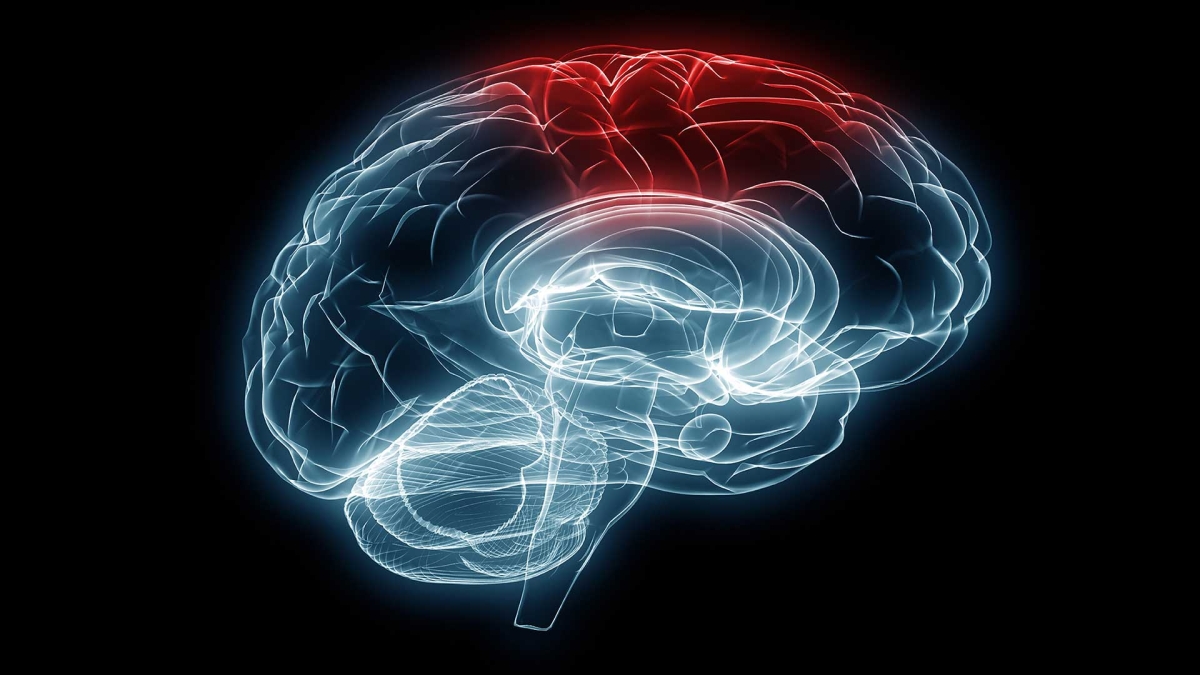New research shows some of the lowest rates of dementia in the world are found in Bolivia

New data compiled from two Indigenous groups living in the Bolivian Amazon show some of the lowest rates of dementia reported in the world.
The research examined the prevalence of dementia and mild cognitive impairment in the Tsimane (Chi-mahn-eh) and the Moseten. Experts in anthropology, psychology, neurology, cardiology and epidemiology worked together on the paper published this month in Alzheimer's & Dementia: The Journal of the Alzheimer's Association.
“We expected rates to be low, but we didn’t expect them to be this low,” said Arizona State University human biologist Benjamin Trumble.
Trumble has worked and built a relationship with the Tsimane people for 13 years. He is an associate professor at the ASU Center for Evolution and Medicine and the School of Human Evolution and Social Change, and is a co-director of the Tsimane Health and Life History Project.
He trained specifically with lead author and psychologist, Professor Margaret Gatz, at the University of Southern California for this study, along with senior author, Professor Hillard Kaplan of Chapman University.
Trumble has published numerous research articles about his work with the Tsimane, their extremely healthy hearts and active lifestyle. The Tsimane live a traditional lifestyle of hunting, fishing, foraging and farming, and previous studies show they have high parasite and pathogen loads.
Now, besides healthy hearts, data shows they also have low rates of dementia.
“In 623 adults over the age of 60, we found the prevalence of Alzheimers was about 1.2% for the Tsimane, and about 0.6% for the Moseten,” Trumble said. “In the United States, it’s about 8 to 11%.”
Alzheimer's type dementia is the most common form of dementia in the United States. Research indicates low education, hypertension and diabetes, cardiovascular disease and physical inactivity are all risk factors for dementia.
“... we hypothesized a low prevalence of AD (Alzheimer’s disease) and related dementias among Tsimane and Moseten, due to their low prevalence of CAC (coronary artery calcification) and atrial fibrillation; low rates of hypertension, Type 2 diabetes, obesity and smoking; high levels of physical activity; and a diet low in processed carbohydrates,” the research article reads.
While the study showed a noticeable difference in the prevalence of Alzheimer’s disease between the Indigenous and industrialized populations, the rates of what scientists call mild cognitive impairment (MCI) were similar.
Trumble explained mild cognitive impairment could include forgetting the names of children sometimes, but does not include more advanced symptoms, such as walking out of the house and disappearing.
He said the next phase of the study is to find out why the rates of MCI were similar between the two groups, but the rates of dementia were so different.
“The prevalence of certain features of non-Alzheimer’s dementias — e.g. basal ganglia calcification and Parkinsonian symptoms — is intriguing, especially in light of the overall low prevalence of Alzheimer’s disease reported,” Garcia said.
“The Tsimane lack the typical AD co-morbidities we see in the U.S., like high cholesterol, obesity and heart disease, but they do have chronic exposure to a large diversity of pathogens,” Garcia said. “For me, this prompts the question of whether the difference in dementia-specific disease features is related to the unique exposures for the Tsimane versus U.S. populations.”
Typical Tsimane house. Photo by Benjamin Trumble
Between July 2017 and December 2019, doctors and scientists visited the Tsimane and Moseten and conducted dementia assessments. They worked with local doctors, governments and hospitals.
A series of interviews, brain scans and tests were conducted, similar to testing performed at Alzheimer's centers in the United States. Some testing was modified, Trumble explained.
“You have to modify these things to make them culturally relevant,” Trumble said. “Instead of asking, ‘Who is the president?’ we asked, ‘What planting season is it?’ And instead of the calendar date, we asked, ‘Where is the moon going to rise tonight?'”
The scientists also compared the data from the Tsimane and Moseten with other research studies involving indigenous groups and dementia and MCI. They found the Tsimane and Moseten also had some of the lowest rates of dementia compared to other populations around the world.
Why is it important to learn about dementia rates in Indigenous populations in Bolivia?
Trumble said to fully understand what healthy aging looks like throughout time, we need to look at more diverse populations and not just wealthy industrialized nations. He said it’s important to work with and learn about people living more traditional lifestyles, like the Tsmaine and Moseten. These populations have to hunt and grow food if they want to eat.
“Humans have been hunter-gatherers for much longer than we have been going to the grocery store,” Trumble said. “If you thought about humans like cars, we’re operating way outside the manufacturer's recommendations right now. By working with populations like the Tsimane, living a traditional lifestyle, we can better understand what health was like prior to sedentary urban life.”
Research funding was provided by the National Institutes of Health, award number: RF1 AG 054442, and the Institute for Advanced Study in Toulouse (IAST); French National Research Agency (ANR), award number: ANR-17-EURE-0010.
More Health and medicine

New initiative aims to make nursing degrees more accessible
Isabella Koklys is graduating in December, so she won’t be one of the students using the Edson College of Nursing and Health…

Reducing waste in medical settings
Health care saves lives, but at what cost? Current health care practices might be creating a large carbon footprint,…

ASU offers bilingual counseling to Spanish speakers
Arizona is one of the five states in the nation with the highest percentage of Hispanic residents, according to the U.S.…


